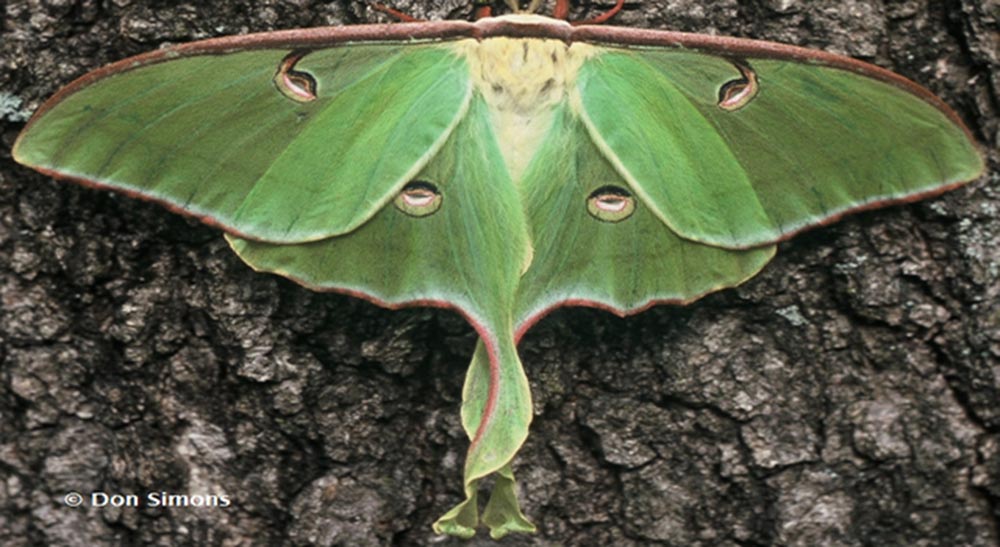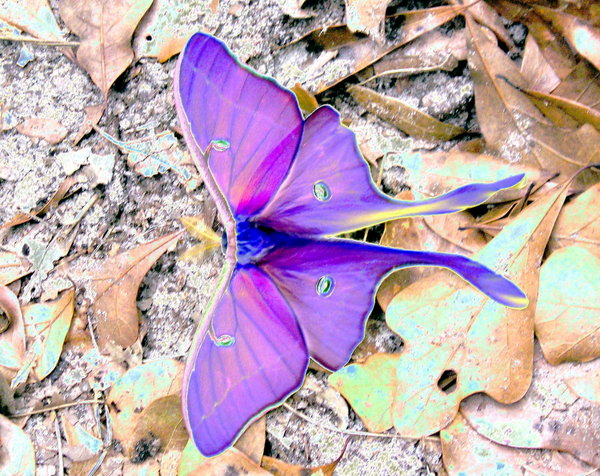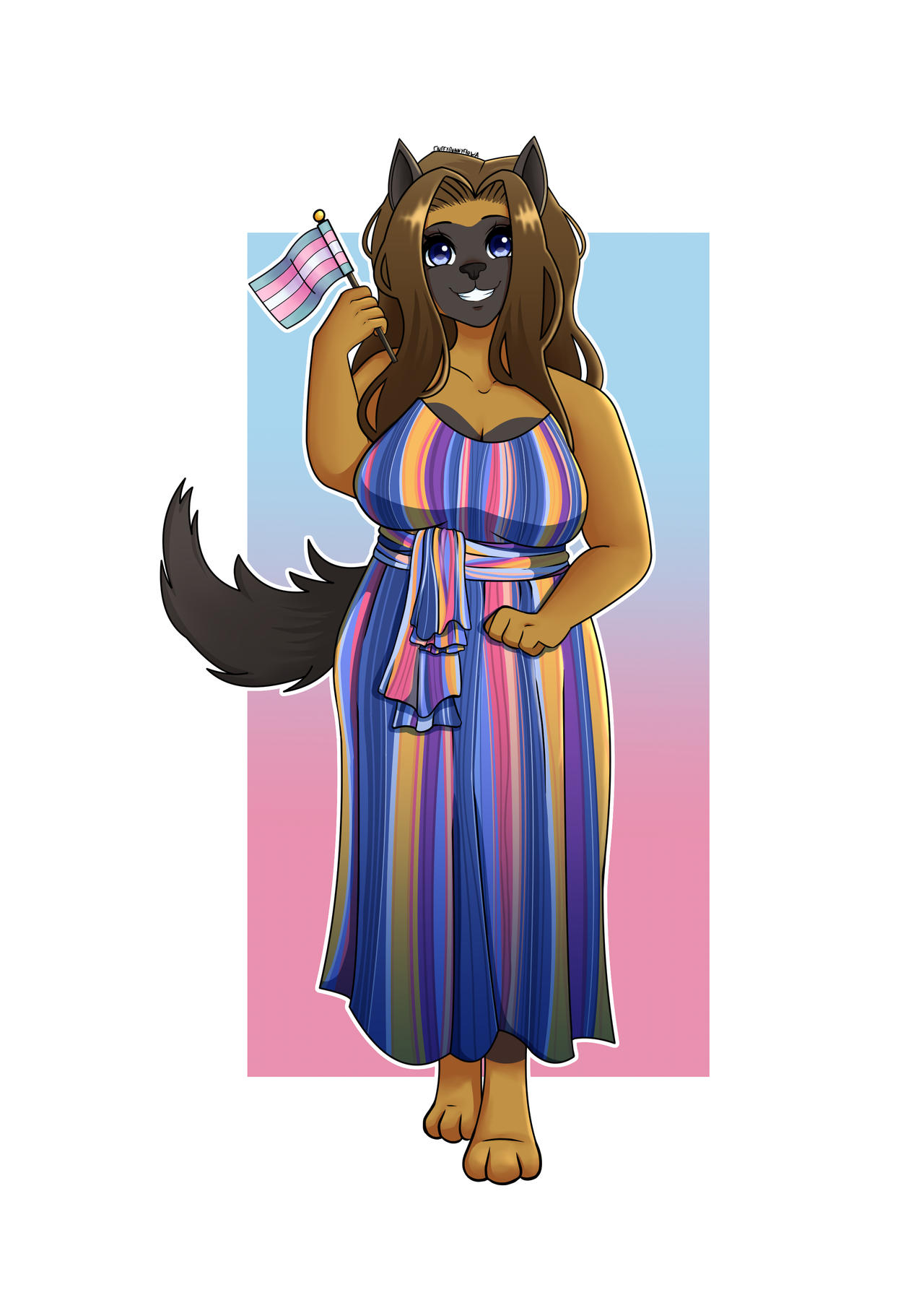Egg: Its an egg. Tiny, yellow, oval with a flat bottom. Stage lasts 8-13 days.
Larve: Tiny and incredibly vulnerable, the newly hatched caterpillar emerges from the egg and immediately begins to consume the leaf its egg was laid on. During this initial feeding, they molt twice before moving on to a different plant. On average, they will molt five times before they cocoon. After their final molt, these caterpillars are typically 5.5 inches long and have a bright green color with numerous spikes running along its body. It usually takes around 3-4 weeks for it to grow to its full size.
Pupa: After reaching its full length, the caterpillar is ready to pupate. Hanging from a branch, the caterpillar creates a long and slender, double walled cocoon using its silk and leaves. It typically takes them 12 hours to finish building their cocoon. They will then stay in their new home for the next 10-14 days.
Adult: Emerging from its cocoon, the adult's abdomen is swollen, and its wings are shriveled and weak. It will spend the first 24-hours of its life waiting for its wings to dry and pumping hemolymph from its abdomen to its wings. Once its wings are dry and filled with hemolymph, their wingspan reaches a massive 12 inches. The adult then spends the rest of its life, roughly eight and a half months, eating and mating.












I really like the design choices you used in this article. The different coloured moths and the explanations of what they mean just really does it for me.